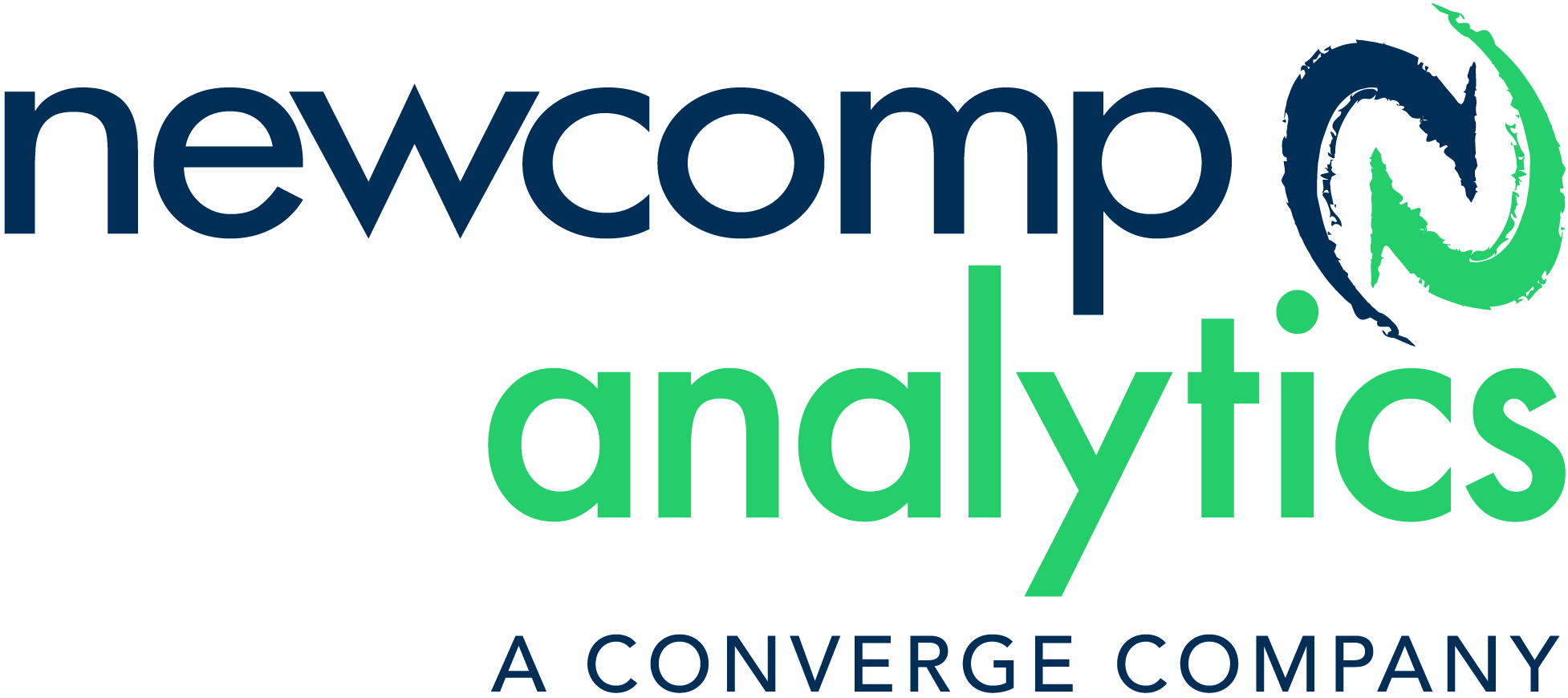Modern Data Architecture - What It is and Why You Should Care
Initiate Data Architecture Modernization with Virtualization
Key Factors to Consider When Modernizing Your Data Lake
Posted Oct 11, 2022
In Business Analytics, Business Intelligence, Data Science, General, Performance Management
Data lakes or repositories have become an increasingly popular destination for organizations looking to store and analyze their data. However, as data lakes grow in size and complexity, it can be challenging to keep them running efficiently and effectively.
In this article, we’ll provide insights into essential factors to consider so you can ensure that your data lake is able to keep pace with your organization’s needs and continue to be a valuable asset.
What’s a Data Lake?
A data lake is a centralized repository for all of an organization’s structured and unstructured data. Data lakes are often used to store data that is difficult or impossible to store in a traditional relational database, such as social media data, machine-generated data, or log files.
Data lakes can also be used to store data that is not yet ready to be analyzed, such as data that is still being collected or data that needs to be cleaned before it can be used.
These systems are often built on top of cloud-based storage platforms, such as Amazon S3 or Microsoft Azure Blob Storage. They allow organizations to take advantage of the scalability and flexibility of the cloud while still being able to use their existing on-premises data storage infrastructure.
Data lakes can be used for various purposes, such as data warehousing, data mining, data analysis, and machine learning.
The Importance of Data Architecture Modernization for Data Lakes
Data lakes have become a popular solution for storing and analyzing big data. However, data lakes are not a “set it and forget it” solution. As your data lake grows and changes over time, it’s important to keep its architecture up-to-date. Data architecture modernization can help you do this by ensuring that your data lake can keep pace with your organization’s needs and continue to be a valuable asset.
Factors to Consider When Building a Modern Data Lake
- Storage: When it comes to data lakes, storage is one of the most important factors to consider. Data lakes can be built on various storage platforms, including on-premises storage, cloud-based storage, or a hybrid of the two. Each storage option has its advantages and disadvantages, so it’s important to choose the option that best meets the organization’s needs.
- Analytics: Data lakes can be used for various analytics tasks, including data warehousing, data mining, data analysis, and machine learning. It’s important to choose the right analytics tools for the job and have the right skills and expertise on staff.
- Security: Data security is a critical concern for any organization, and data lakes are no exception. When creating a data lake, it’s important to consider how data will be secured at rest and in motion.
- Governance: Data governance is another important factor to consider when improving a data lake. Data lakes can be a great way to promote data governance best practices, such as data quality control, data lifecycle management, and data security.
- Scalability: Data lakes can be very scalable, but it’s essential to consider how the data lake will be scaled over time. It’s also important to consider how the data lake will be integrated with other systems, such as data warehouses or business intelligence tools.
Conclusion
There are a few key things to look for when modernizing the data lake. Firstly, it is important to consider the purpose of the data lake and how it will be used. Secondly, it is necessary to identify the right platform and architecture for the data lake. Lastly, it is essential to have a clear plan for migrating data and workloads to the new data lake. With these factors in mind, organizations can successfully modernize their data lakes and reap the benefits of improved data management.
Newcomp Analytics helps businesses reach into their data and make the most out of it using data science, artificial intelligence, and more. If you are interested in data architecture modernization, reach out to us today!


